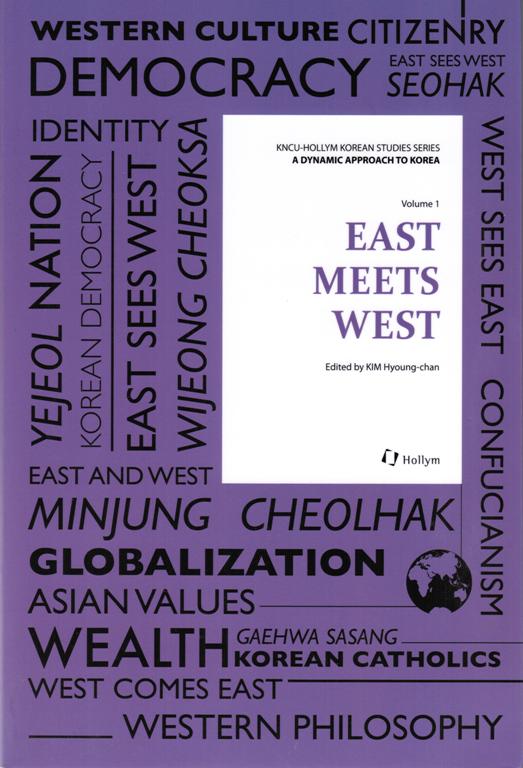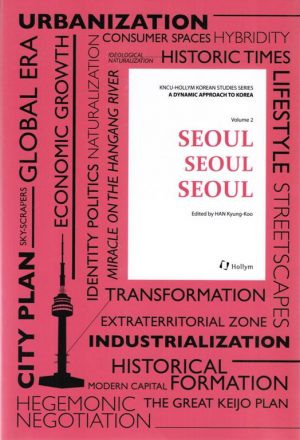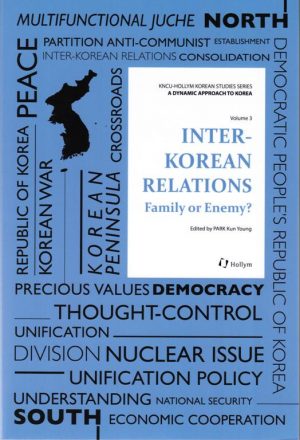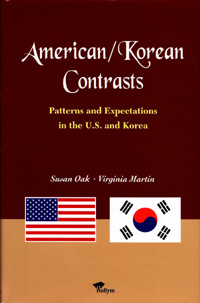East Meets West
$29.50
East Meets West (A Dynamic Approach to Korea, Vol. 1)
Balancing Eastern Tradition against Western Civilization
A Collision between Two Worlds
Situated between China and the United States in terms of economy and politics, Korea is now experimenting with becoming the most open country among those between the East and the West. Korea is attempting to reinterpret Western civilization on the basis of Korea’s own traditions and contemplate today’s challenges to seek a new direction for development in collaboration with other countries. As a result, it is more meaningful to analyze how the East and the West understand each other, as well as how they make themselves understood, through looking back on the century-long road which Korea has walked.
Part I. West Comes East. Christianity, Western philosophy, and democracy are discussed as the most influential factors. When first approached by the West in the modern period, East Asians were not ready to accept the existence of another advanced civilization, which would challenge their pride as creators of the most sophisticated culture. Nevertheless, the inflow of Western culture into the East caused changes to the latter’s life and ideas.
Part II. East Sees West examines the various responses of Korean intellectuals on the impact of Western culture. Additionally, Korean political scientists are considered as an example of Korean scholars in general, who critically stepped back from Western culture despite having been considerably influenced by it.
Part III. West Sees East reflects the East from the Western perspective and examines how Westerners regarded Korean society and culture. While Western imperialists, sailing on a battleship towards the continent of Asia, often disregarded the East as uncivilized, some Westerners took a more humane or unbiased stance, respecting the East as a land with traditions that merely differed from theirs. The publication of The Good Earth by Pearl Buck, the first Western novel on China, serves as one such testimony, supplemented by the Chinese and Korean responses to it.
Part IV. East and West, then, is devoted to such an exploration, as illustrated by the discussions on the differences in Eastern and Western approaches to despotism. For some time now, the East and the West have begun to be compared on equal footing, with Eastern societies regarded as potential alternatives to the problems of modern society, which is largely founded on Western civilization. This perspective was first read as an attempt to overcome the East’s sense of inferiority by asserting that the East had intellectual traditions comparable to the West. This new comparative framework, however, should be considered with more significance as it taps the potential of cooperation between the East and the West in solving challenges confronted by humanity.
A Dynamic Approach to Korea Vol. 1
-
-
-
American/Korean Contrasts
Patterns and Expectations in the U.S. and KoreaPrice range: $29.50 through $32.50 Select options This product has multiple variants. The options may be chosen on the product page




